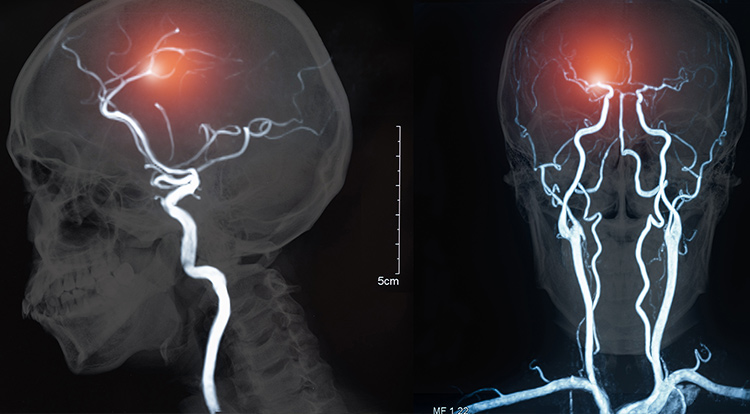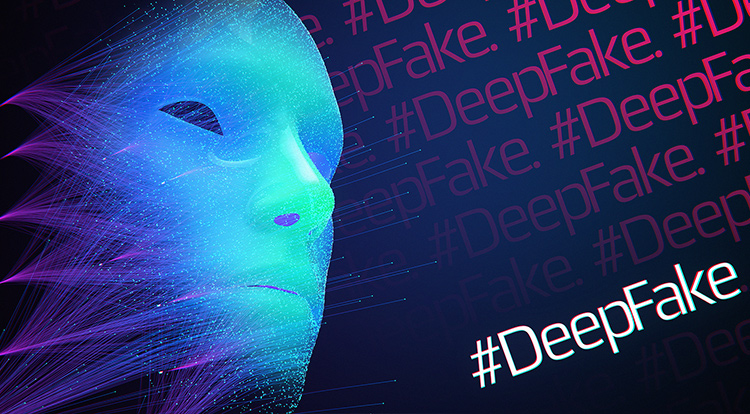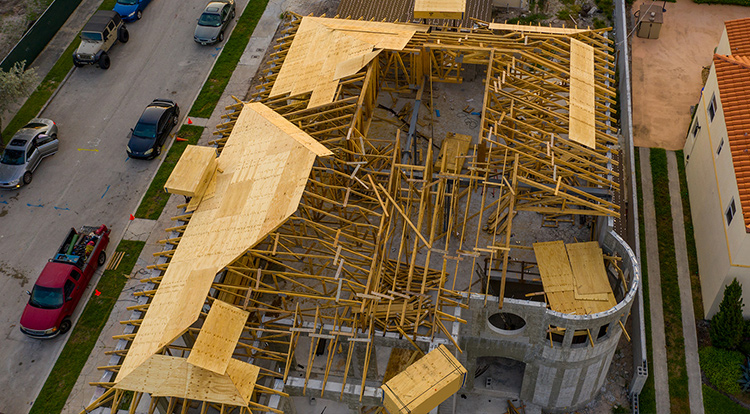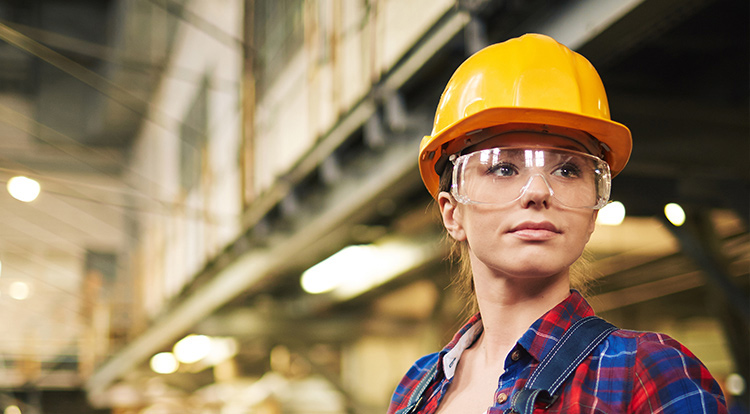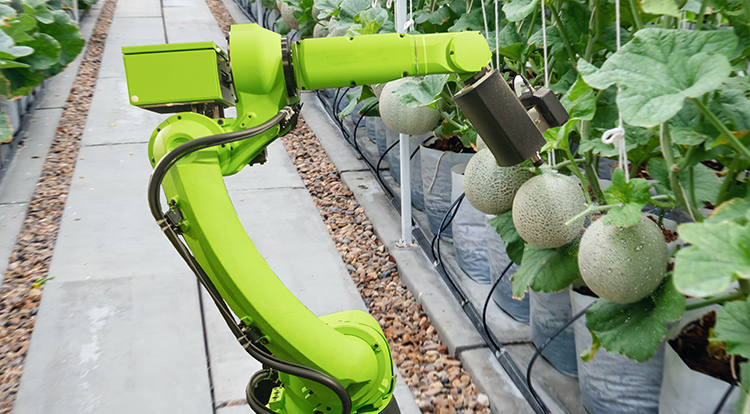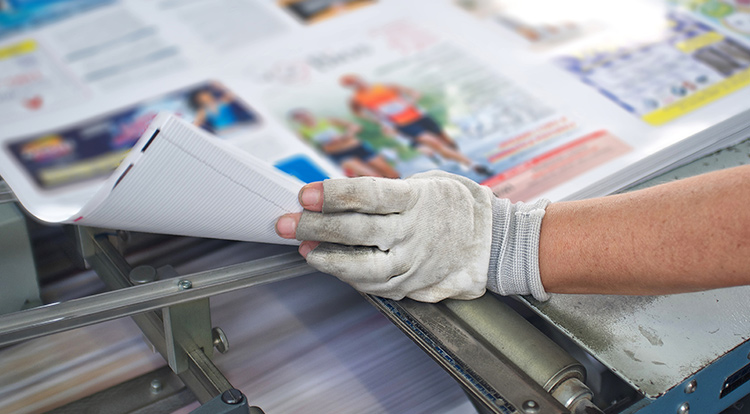Aneurysm Detection
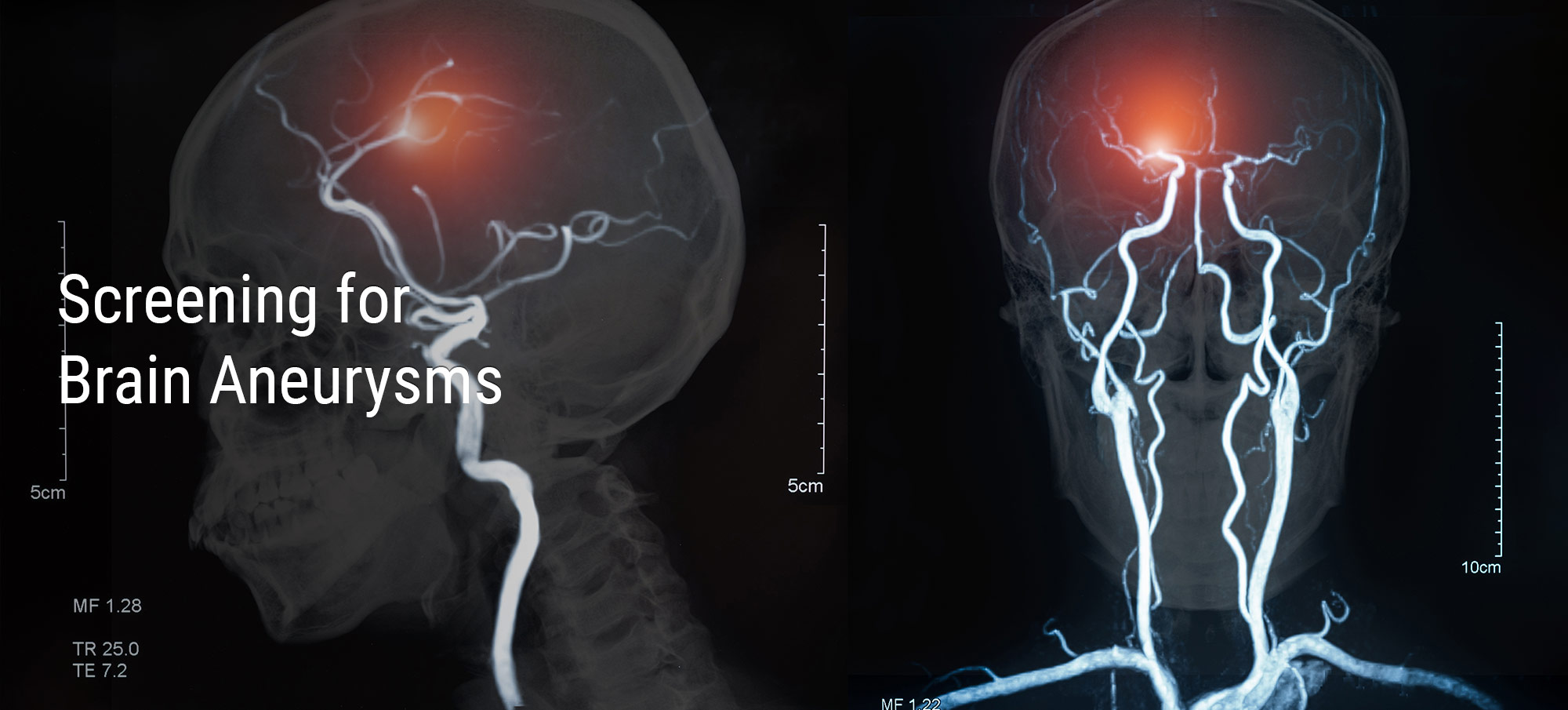
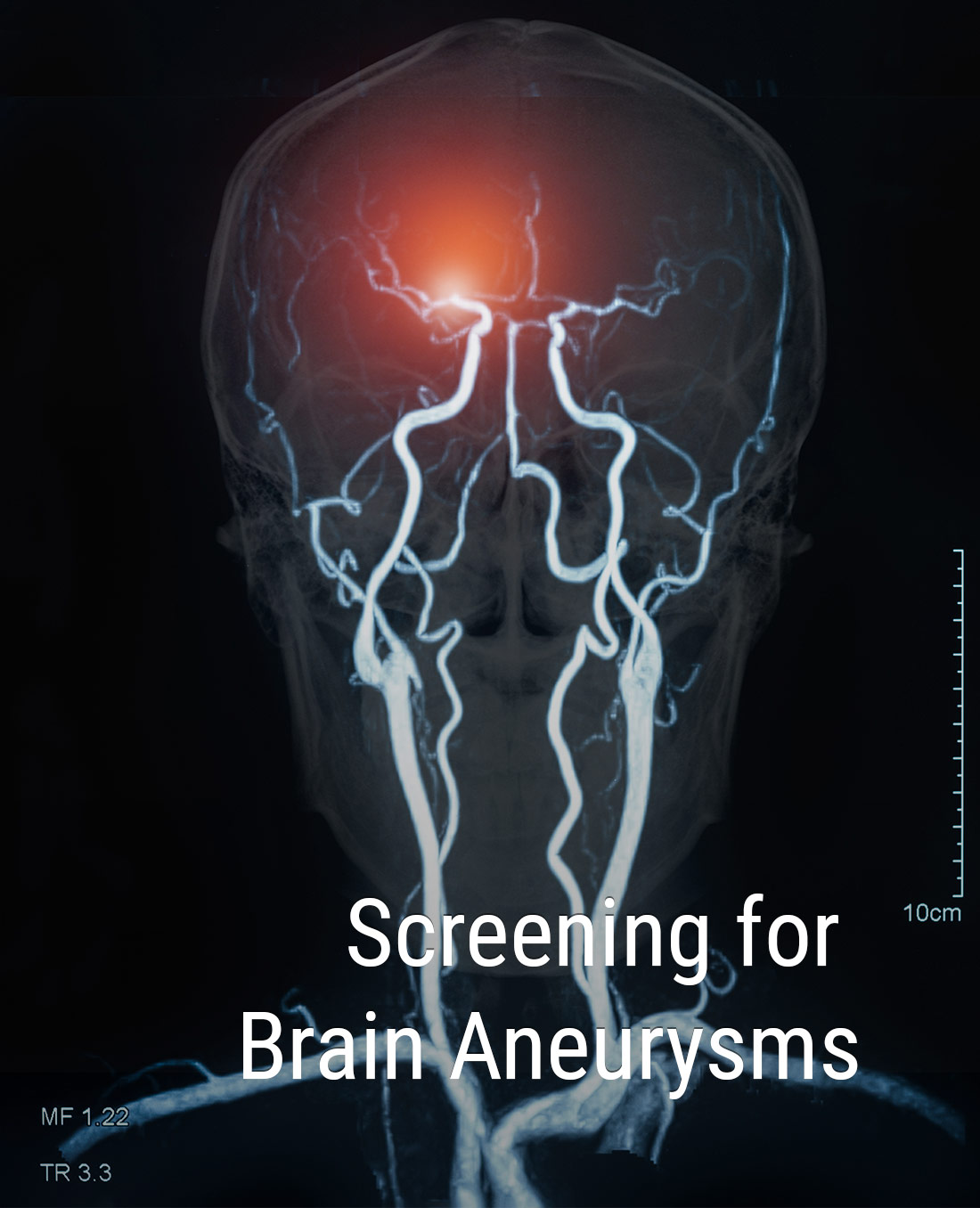
The current state of healthcare is still experiencing difficulties with ineffective diagnostic testing and treatment. The key to mitigating this issue is to discover diseases in their earliest stages.
The pioneering screening technology we are working on has the potential to fulfill this demand. By catching specific conditions based on medical imagery, the technology will be able to guide physicians’ decisions and improve success rates of treatments.
Technological Advancements and Their Impact on the Quality of Healthcare
Correct diagnosis largely depends on the quality of medical image processing. Over the last several decades, images from X-ray, MRI, CT scans have become a viable, sometimes the primary source of diagnostic information. While the performance of human operators is sufficient enough, efficiency can be enhanced by computer vision mechanisms.
Treatment options become significantly more effective when the symptoms are recognized early.
In some cases, it is critical to the patient's wellbeing. However, some changes may not be visible to the human eye, or the image is not processed quickly enough.
The sooner the problem is diagnosed, the better – it is easier to treat, leads to better success rates, reduces the costs, etc.
Here is an example of how timely detection can contribute to a better outcome.

One-third of cases of brain hemorrhage results in death. However, one of its precursors is aneurysm – bulging or enlargement of the artery in the brain. This deformation can be determined by the MRI/CT scanning results.
Unfortunately, the processing of scans can take up some time and worsen the situation.
The goal of our project is to identify potentially problematic areas automatically. It will allow medical specialists to have pre-examined imagery processed by high-accuracy detection mechanisms. Thus, they will be able to proceed to treatment with fewer risks of mistakes.

